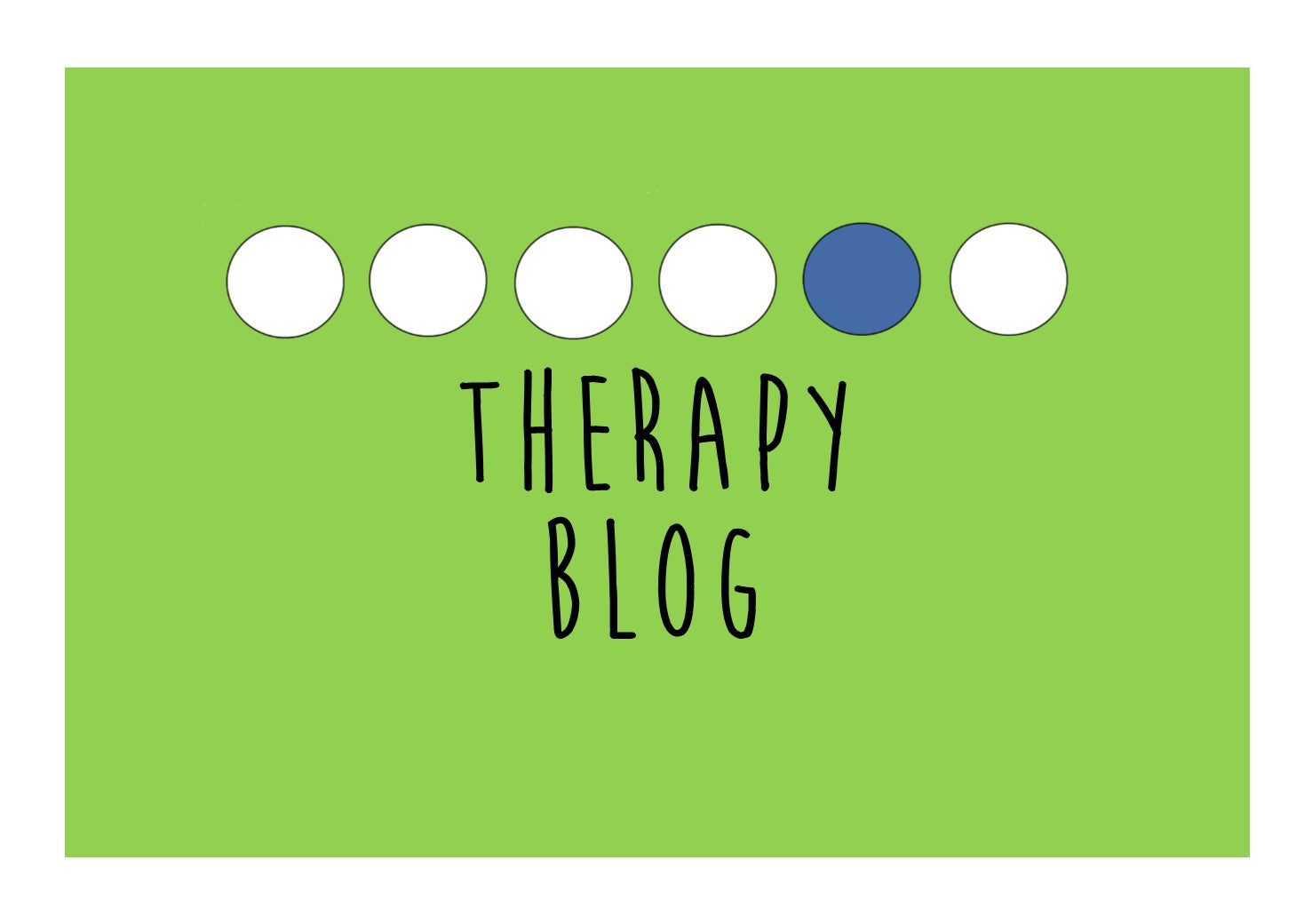
Dec 16 , 2021
What is DIR Floortime?
DIR Floortime is an effective approach during intervention for autistic children and adolescent and other developmental disorders. This model places an emphasis on following the child’s lead using objects or toys they enjoy. Another main focus of DIR is meeting the child at his or her developmental and physical level. DIR Floortime interactions are guided by the 9 capacities shown below:
|
DIR allows the parent or caregiver to spend time with the child. This provides more opportunities for connection and social relationships. Mostly, DIR trained and certified professionals (i.e. occupational therapists, speech-language pathologists, physical therapists, social workers, etc.) are providing direct treatment to the child. DIR providers also establish a supportive relationship to help parents/caregivers implement Floortime through coaching. Coaching includes modeling/demonstrating strategies, observing adult-child interaction, and recording Floortime sessions and reviewing the video together, and more. These strategies help children develop crucial skills such as regulation and attention, social engagement and attachment, reciprocity, social problem solving, self-awareness, empathy, imagination, emotional thinking, logical thinking, complex thinking, and self-reflection
What is ABA Therapy?
ABA Therapy is used to increase behaviors that are helpful and decrease behaviors that are harmful and/or affect learning. The techniques used in ABA Therapy can help increase language and communication skills, improve attention and social skills, and decrease problem behaviors. In ABA Therapy positive reinforcement is used as the main strategy. This is when a behavior is followed by something that child enjoys (the reward) and over time the child is more likely to repeat the positive behavior. Another important part of the ABA program is the “A-B-C’s” that is used to help teach and understand behaviors. Antecedents (“A”) is what happens before a behavior happens, this results into the behavior (“B”), and then consequences (“C”) which is what happens after the behavior.
What is the Difference?
- ABA is therapist-led vs. DIR Floortime is child-led
- ABA is behavior focused vs. DIR Floortime is social-emotional focused
- ABA uses a more formal approach vs. DIR Floortime uses a customized approach. DIR is playful by using the child’s unique interests
- ABA occurs in a more formal setting vs. DIR Floortime can occur in various settings
References
Autism Speaks (n.d.) Applied behavior analysis (ABA). https://www.autismspeaks.org/applied-behavior-analysis
Davis, A., Isaacson, L., Harwell, M. (2018). Floortime Strategies to promote development in children and teens: A user’s guide to the DIR model. Paul H. Bookes Publishing.
Pierce, R. (2021, May 30). ABA vs. Floortime: What’s the difference? Life Skills Advocate. https://lifeskillsadvocate.com/blog/aba-vs-floortime/

